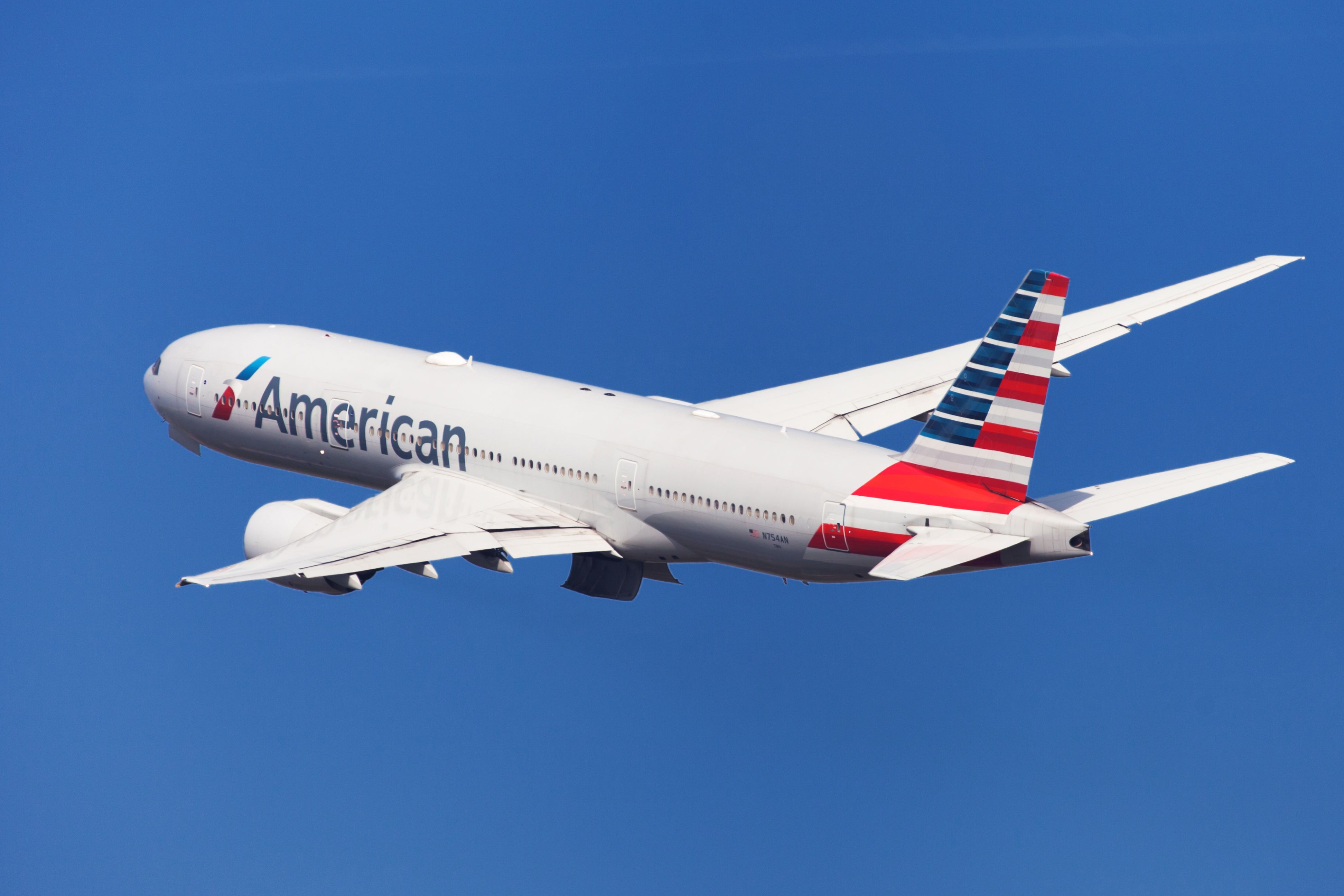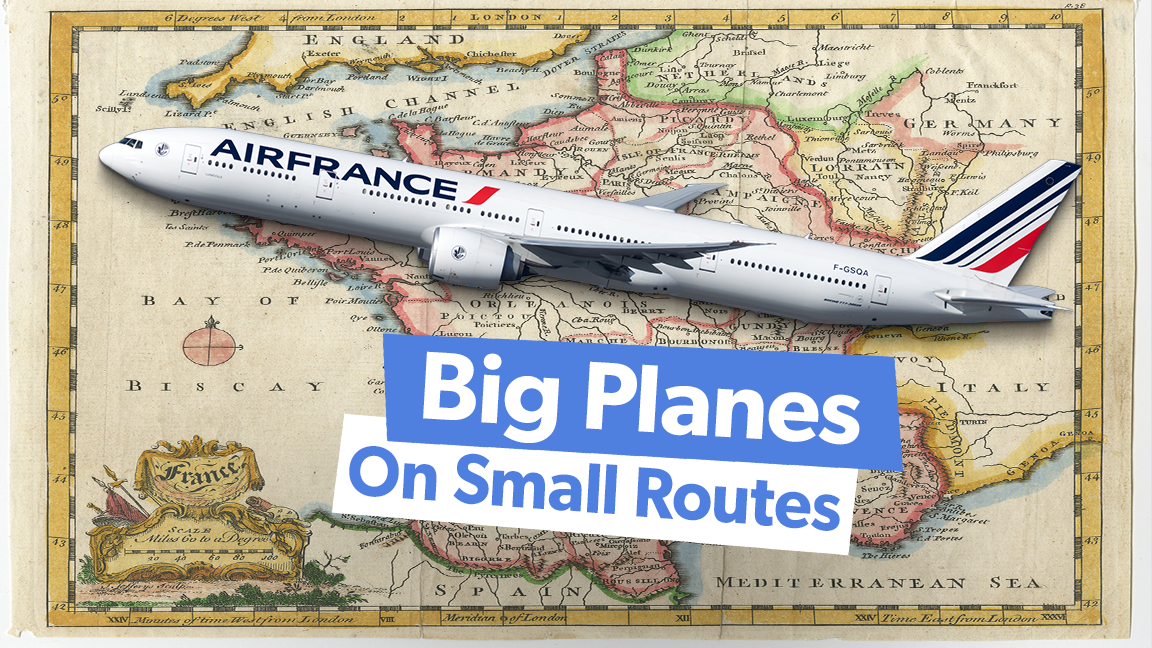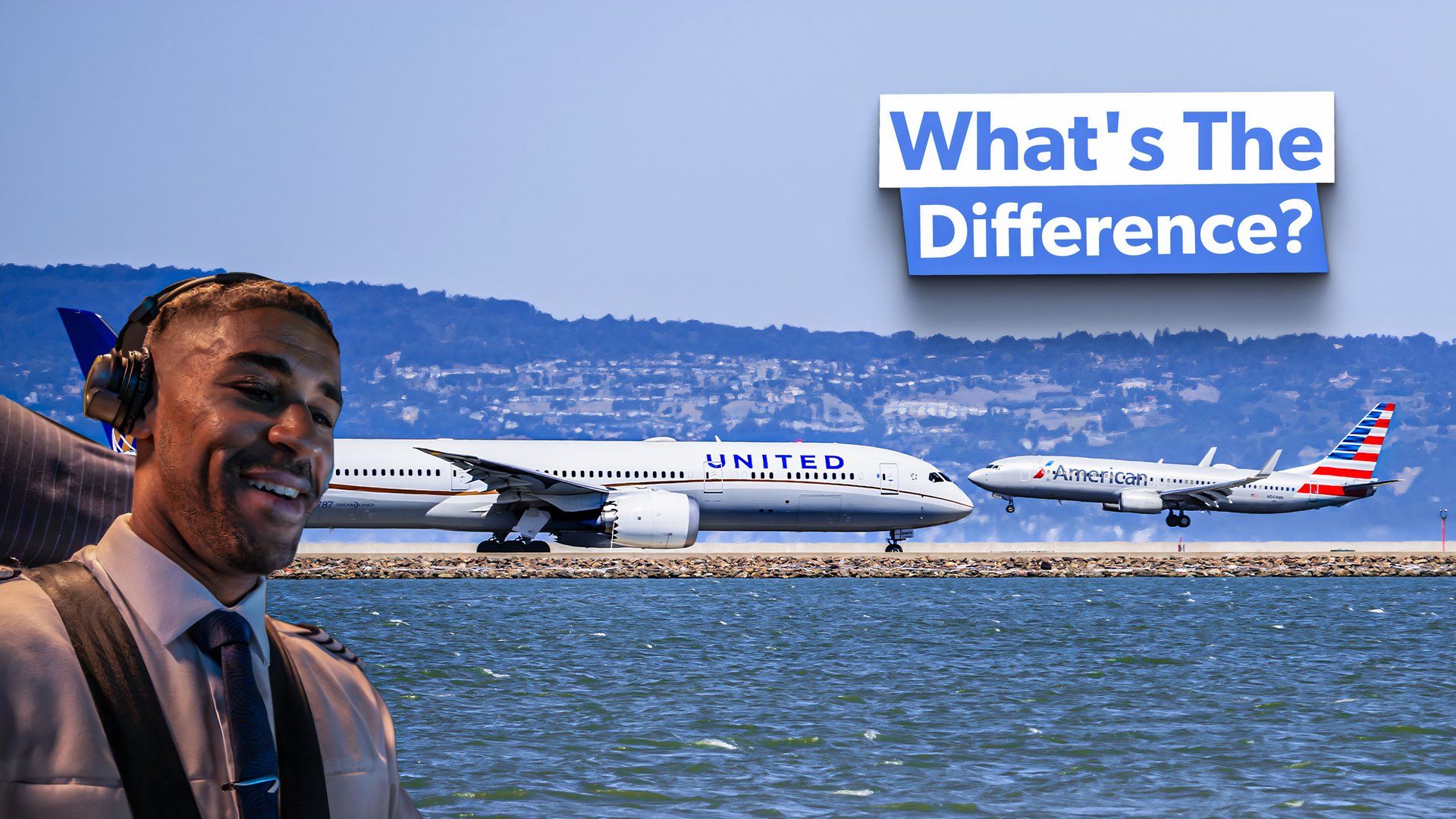Summary
- Plane size doesn’t affect basic aerodynamics: The same principles apply to small and large aircraft.
- Subjective handling differences exist between planes, influenced by a pilot’s background and preferences.
- Widebodies present unique challenges while taxiing and landing but also offer benefits with augmented crews.
Many airline
pilots
get the opportunity to fly both narrowbody and widebody airliners throughout a long career. Many differences between big and small airliners have to do with the flying the planes perform. Namely, widebodies often fly international operations with augmented crews. Additionally, plenty of handling differences exist, particularly during taxing and landing. This article will talk about some of these differences.
A subjective topic
Regardless of an aircraft’s size or weight, a plane is still a plane. This is to say that the aerodynamic principles of flight remain largely unchanged between a Cessna and an A380. Lift, drag, thrust, and weight are the four forces influencing flight. Larger planes just have larger numeric factors (and a myriad of more advanced aerodynamic properties, of course). The gap between narrowbodies and widebodies is even narrower than the bridge from general aviation planes to airliners, though. Every plane handles differently, and pilots notice these minor handling differences as they gain experience on a fleet (especially at lower altitudes).
Keep in mind that describing handling characteristics is somewhat subjective. One pilot might describe a plane as nimble and responsive, while another might find the same plane stiffer. A lot of the subjectivity has to do with a pilot’s flying background, no two of which are the same. I’ve personally flown general aviation planes, Embraers, and Boeing 757/767s—the lack of any military flying in my background might predispose me to feel that a particular plane has a loose control wheel. In contrast, a former military pilot might find the same plane rather stiff and lumbering.
Ground handling
One of the more noticeable points of difference between widebody and narrowbody airliners is their inertia on the ground while taxiing. The 757/767 fleet makes this difference rather obvious. A 757 with only one engine running will often be able to break away from a standstill with 50-70% of available thrust. By comparison, a heavily loaded 767 practically needs both engines running to be able to taxi, especially without blowing away anything behind the engines.
Taxiing widebodies generally present more of a threat than smaller planes because of the increased jet blast and their larger wingspans. Pilots must maintain vigilance by checking NOTAMs and published charts to ensure the taxiways they are cleared onto don’t have wingspan restrictions for their planes. Ultimately, preventing ground collisions after pushback is the pilots’ responsibility.
Augmented crews
Flying widebodies means pilots work in augmented crews with three or more colleagues. This makes the job easier from an administrative standpoint, especially when getting the plane ready for departure. Generally speaking, the relief FO performs the walkaround, prepares the crew bunks and generates the crew rest schedule. They can also help communicate with gate agents, flight attendants, company operations, and maintenance if needed. Having a third crew member allows the flying pilots to dedicate their attention to the flight management computer and other tasks on the flight deck.
Having additional crewmembers on widebodies is also helpful on arrival. Another set of eyes helps catch errors and identify unique aspects of airports that the pilots might not frequently go to. Some airlines allow first officers to bid for the relief-only role, which tends to be a more junior position. An FO with decent seniority in this position can hold more trips they want, getting exposure to parts of the operational network that other pilots on their fleet may only go to once every few years. International widebody captains unfamiliar with an overseas operation love having an FO on the jumpseat who has been to that airport a lot. It’s a great addition to situational awareness that usually isn’t available on narrowbody flying.
Landing characteristics
Most people are curious about how landing a bigger plane compares to a smaller one. It generally seems that pilots with experience flying both widebodies and narrowbodies believe that larger planes are easier to land. However, this is closely associated with personal perceptions.
Widebodies have a minimum of two axles and four tires on each main landing gear assembly. The main landing gear is also tilted so they don’t all touch down simultaneously.
This displaces the horizontal acceleration experienced when the tires meet the runway during landing, spreading it out since the wheels meet the runway over a short time rather than at once. Generally, pilots will agree that it’s easier to land an A330 or Boeing 767 than a Boeing 737, for example.

Related
The USA’s 10 Most-Served Domestic Widebody Routes In August
Which do you think will made the cut?
Landing a heavier plane (like any other plane, for that matter) requires pilots to be aware of the aircraft’s energy state as they initiate the flare. In general, you can get away with taking most of the power out at around 30 feet radio altitude on smaller planes.
Doing this on larger planes (depending on the engines and their response times to throttle inputs) could lead to an energy loss which makes a smooth landing impossible. You can get away with bringing the throttles to idle at 30 feet on a Pratt & Whitney-equipped 757, but doing the same on a GE-equipped 767 will lead to a significantly poorer landing. This is just one example of handling differences between planes that pilots fine-tune their skills for as they gain experience.
Big or small?
So what’s better: Flying narrowbodies or widebodies? A glance at a major airline’s seniority list will show that many of the pilots at the top choose to fly widebodies. A driving factor in this decision is overall compensation (generally highest for widebody captains). There are also plenty of very senior pilots who could fly widebodies but choose to fly narrowbodies. Some pilots enjoy keeping a mellow body clock regimen, while others enjoy flying a plane they’ve known for years. The answer to the question of which is better is subjective, kind of like the topic of this article. A plane is a plane!

Related
Examined: The Reasons Why Airlines Use Widebodies On Short-Haul Flights
Short-haul flights are usually carried out by narrow-bodied planes, but a few exceptions exist. Let’s examine this together

